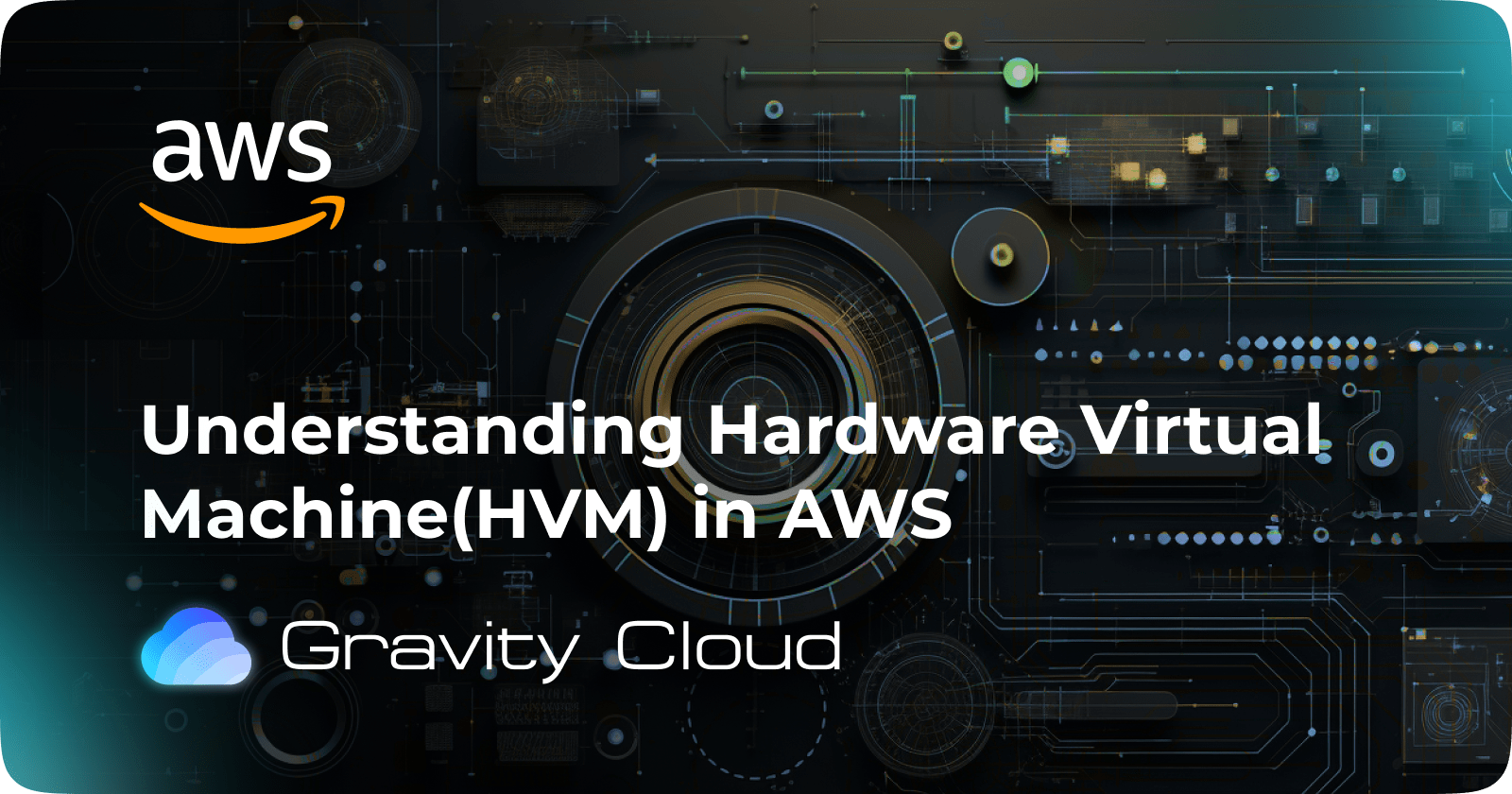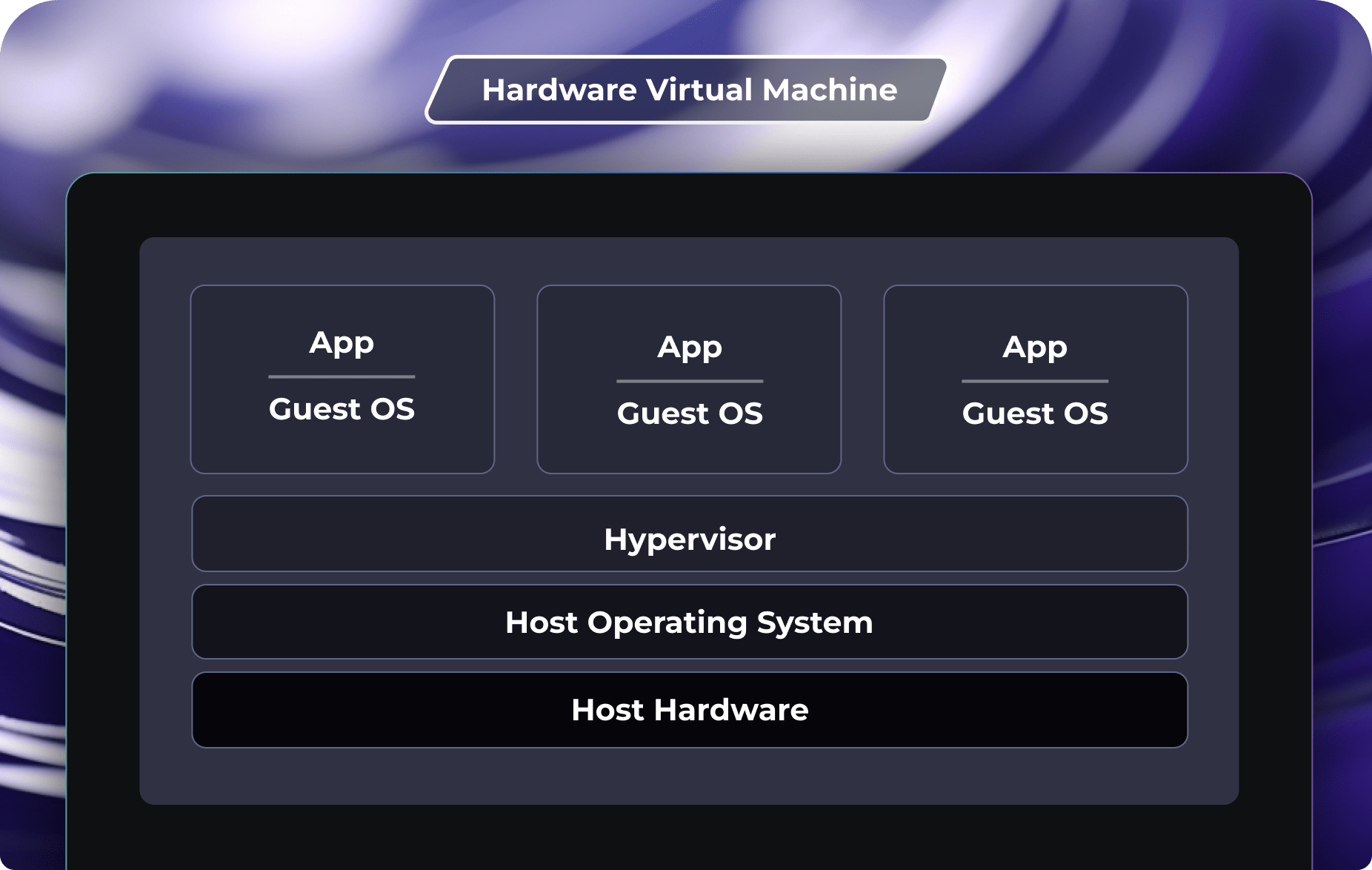Understanding HVM Virtualization in AWS


In the world of cloud computing, virtualization plays a crucial role in resource management and efficiency. Amazon Web Services (AWS) offers various virtualization types, among which Hardware Virtual Machine (HVM) virtualization is a prominent choice. In this blog, we will delve into what HVM virtualization is, how it works, its benefits, and its use cases in AWS.
What is HVM Virtualization?
HVM virtualization is a type of virtualization that allows multiple operating systems to run on a single physical machine by simulating the underlying hardware. Unlike Paravirtualization (PV), which requires modifications to the guest operating system, HVM provides a more complete abstraction of the hardware, allowing unmodified operating systems to run in a virtualized environment.
In AWS, HVM is used to create instances that can take full advantage of the underlying hardware capabilities, including support for enhanced networking and GPU acceleration. HVM instances are particularly beneficial for workloads that require high performance, such as gaming, high-performance computing (HPC), and large-scale data processing.
How HVM Virtualization Works
HVM virtualization operates by using a hypervisor, which is a layer of software that sits between the hardware and the operating systems. The hypervisor manages the allocation of physical resources (CPU, memory, storage) to the virtual machines (VMs) running on the host.
Key Components of HVM Virtualization:

-
Hypervisor: The hypervisor is responsible for creating and managing virtual machines. In AWS, the hypervisor is based on the Xen or Nitro architecture, which provides efficient resource management and isolation between instances.
-
Virtual Machines (VMs): Each VM runs its own operating system and applications, completely isolated from other VMs on the same host. HVM allows these VMs to run unmodified operating systems, which is a significant advantage over paravirtualization.
-
Hardware Abstraction: HVM provides a complete abstraction of the underlying hardware, allowing the guest operating systems to interact with virtualized hardware components as if they were running on physical machines.
Hardware Virtual Machine (HVM) vs. Paravirtualization (PV)
To better understand HVM, it’s essential to compare it with Paravirtualization (PV):
-
Paravirtualization (PV): Requires modifications to the guest operating system to enable it to communicate with the hypervisor. This can lead to better performance in some cases but limits the choice of operating systems to those that have been modified.
-
Hardware Virtual Machine (HVM): Supports unmodified operating systems, allowing a broader range of OS options. HVM instances can leverage hardware features directly, leading to improved performance for certain workloads.
Benefits of HVM Virtualization
-
Performance: HVM instances can take advantage of hardware features such as Intel VT-x and AMD-V, which provide better performance for CPU-bound workloads.
-
Compatibility: HVM supports a wide range of operating systems, including Windows and various Linux distributions, without requiring modifications.
-
Enhanced Networking: HVM instances can utilize enhanced networking features, such as Elastic Network Adapter (ENA) and Intel 82599 Virtual Function (VF) interfaces, which provide higher bandwidth and lower latency.
-
GPU Support: HVM instances can support GPU-based workloads, making them suitable for applications like machine learning, 3D rendering, and gaming.
-
Isolation and Security: HVM provides strong isolation between instances, enhancing security and stability.
Use Cases for HVM Virtualization in AWS
HVM virtualization is ideal for various use cases, including:
-
High-Performance Computing (HPC): HVM instances can efficiently handle compute-intensive tasks, such as simulations and data analysis.
-
Web Hosting: HVM instances can host websites and applications that require high availability and performance.
-
Gaming: HVM instances can provide the necessary resources for online gaming platforms, offering low latency and high throughput.
-
Machine Learning: HVM instances with GPU support are well-suited for training machine learning models and running inference tasks.
-
Big Data Processing: HVM instances can efficiently process large datasets using frameworks like Apache Hadoop and Apache Spark.
Conclusion
HVM virtualization in AWS provides a powerful and flexible way to run workloads in the cloud. By allowing unmodified operating systems to run on virtual machines, HVM enables a wide range of applications, from high-performance computing to gaming and machine learning. Understanding HVM and its benefits can help you make informed decisions when architecting your cloud solutions on AWS.
As cloud technology continues to evolve, HVM virtualization remains a cornerstone of AWS's infrastructure, providing the performance, compatibility, and security that modern applications demand. Whether you're a developer, system administrator, or cloud architect, leveraging HVM instances can significantly enhance your cloud computing experience.
I hope this blog post provides valuable insights into DevOps, Kubernetes and cost-saving benefits. If you have any questions or need further assistance, feel free to ask!
If you like this, follow us on Twitter and LinkedIn and explore our platform to help save you more cloud costs - gravitycloud.ai
Share this Article:
